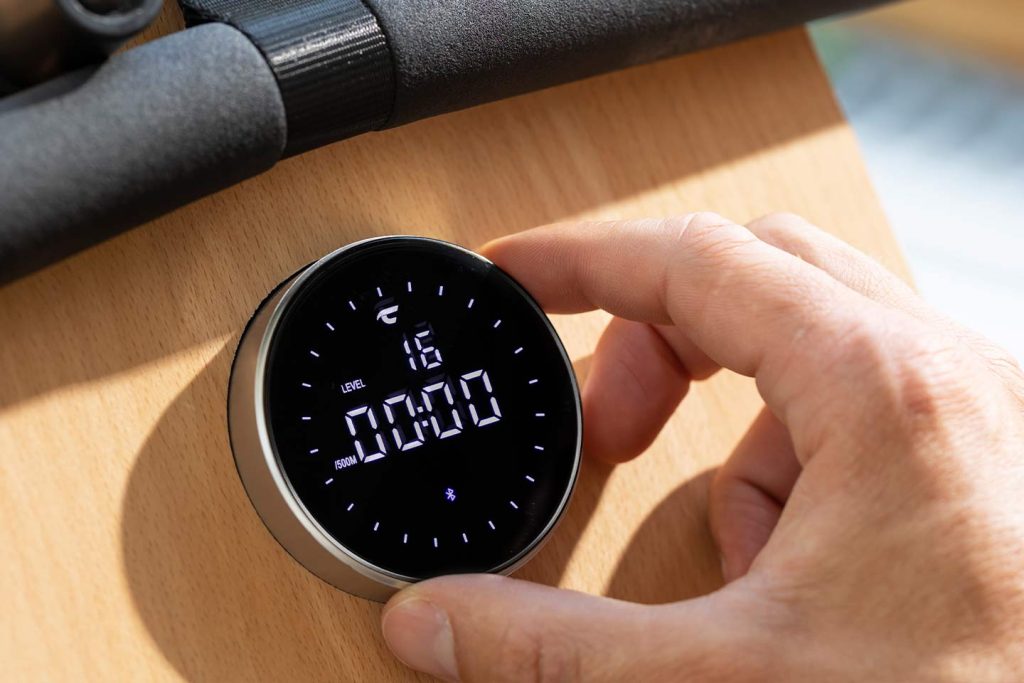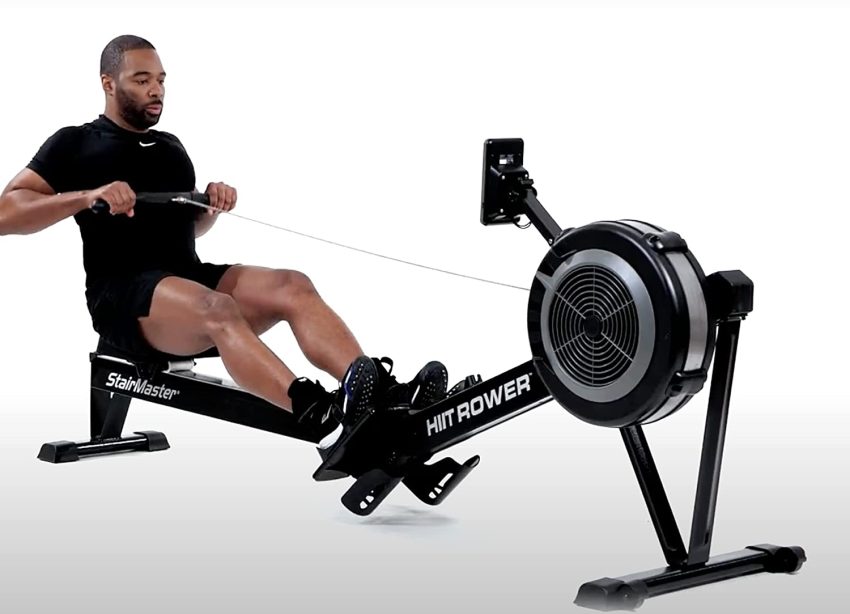Hello fitness enthusiasts! Today we’re diving deep into the heart-pounding world of High-Intensity Interval Training (HIIT) using one of the most effective pieces of fitness equipment – the rowing machine.
The benefits of High-Intensity Interval Training (HIIT)
HIIT workouts have gained immense popularity in the fitness community and for a good reason. They offer an excellent way to improve cardiovascular health, increase muscle strength, and blast through calories, all in less time than traditional steady-state cardio.
What is a HIIT workout?
HIIT stands for High-Intensity Interval Training, a workout style that alternates between short, intense bursts of exercise and periods of rest or lower-intensity exercise. These workouts are quick and effective, typically ranging from 10 to 30 minutes.
How can HIIT improve your fitness?
HIIT workouts can significantly improve your aerobic and anaerobic fitness, enhancing your ability to perform various other exercises and physical activities. They can also aid in fat loss and increase metabolic rate, meaning you’ll continue to burn calories even after the workout is over.
The Benefits of Rowing Machines for HIIT
Rowing machines are stellar pieces of fitness equipment that simulate the action of rowing a boat, providing a full-body workout that engages the arms, legs, back, and core.
Rowing machines are perfect for HIIT workouts. Their smooth, low-impact motion reduces the risk of injuries, while the high-intensity nature of the exercise improves cardiovascular fitness and burns calories. Plus, the resistance can be adjusted to match your fitness level and the desired intensity of your workout.
Rowing targets several major muscle groups, including the quads, hamstrings, glutes, lats, core, and biceps. This makes it an excellent option for total body strength and conditioning, particularly when used for high-intensity intervals.
In the next section, we’ll cover some general tips for performing HIIT workouts on a rowing machine.
General Tips for Performing HIIT on a Rowing Machine
Warm-up
Before any HIIT session, it’s important to warm up properly. A 5-10 minute row at a moderate pace will get your blood flowing and prepare your muscles for the upcoming intensity. You can also incorporate dynamic stretches such as arm circles, leg swings, and torso twists.
Proper Technique
The effectiveness of your workout depends significantly on your rowing form. Ensure you are following the correct sequence: push with your legs, lean back slightly, and then pull with your arms. When returning, do so in reverse: extend the arms, lean forward, and bend the legs. Keep your back straight and core engaged throughout the workout.
How to Set Resistance Levels
The resistance level on the rowing machine should be set to a level that allows you to maintain good form yet still provides a challenge during the high-intensity intervals. Generally, a mid-range setting is a good place to start.
HIIT Rowing Machine Workouts
Welcome back to the heart of our discussion on Slimopolis. Let’s move on to some specific HIIT workouts you can try on the rowing machine.
Workout 1: Basic HIIT Row
Start with a 1:1 ratio of work to rest. For example, row as hard as you can for 30 seconds, then take it easy for 30 seconds. Repeat this cycle for 10-20 minutes.
Workout 2: Pyramid HIIT Row
Start with a short burst of high-intensity rowing, say 15 seconds, followed by 15 seconds of rest. Increase the high-intensity interval by 15 seconds each round until you reach a full minute, then work your way back down the “pyramid.”
Workout 3: Distance-Based HIIT Row
Set a distance goal for each high-intensity interval (like 250 meters), followed by a low-intensity recovery period.
Each workout listed above can be modified to suit your fitness level. The key is to make sure the high-intensity intervals are challenging and get your heart rate up. Don’t worry if you need to start with shorter high-intensity intervals or longer rest periods – the beauty of HIIT is its flexibility.
Safety Tips for HIIT Rowing Workouts
Listen to Your Body
It’s critical to listen to your body during any exercise, especially high-intensity workouts like HIIT. If you’re feeling too breathless or dizzy, or if you’re in pain, don’t hesitate to pause or stop your workout.
Avoid Common Rowing Injuries
Most rowing injuries occur from incorrect form or overuse. Ensure your form is correct, and vary your workouts to give your muscles a break. Remember, rowing should be a smooth, fluid motion – if you feel jerky or strained, something’s not right.
When to Seek Professional Advice
If you’re new to HIIT or rowing, it can be beneficial to have a professional trainer guide you through your first few workouts. They can help correct any form issues and provide personalized advice. Don’t ignore any persistent or severe pain – if something feels wrong, consult a healthcare professional.
How to Incorporate HIIT Workouts into Your Fitness Routine
How Often to Do HIIT Rowing Workouts?
HIIT workouts are intense, and your body needs time to recover afterward. Aim to incorporate HIIT rowing workouts into your routine 2-3 times a week, ensuring you have rest days in between.
Balance HIIT with Other Types of Exercise
Balance is key in any fitness routine. Along with HIIT rowing, make sure to include strength training, flexibility exercises, and lower-intensity cardio in your workout regimen. This holistic approach will ensure you’re developing well-rounded fitness.
Track Progress

Track your progress by noting the duration, intensity, and/or distance of your high-intensity intervals, and aim to improve these gradually over time. An increase in any of these variables signals improved fitness. Remember, progress takes time, and consistency is key.
That’s all for today’s session on Slimopolis. Let’s wrap this up with some concluding remarks.
